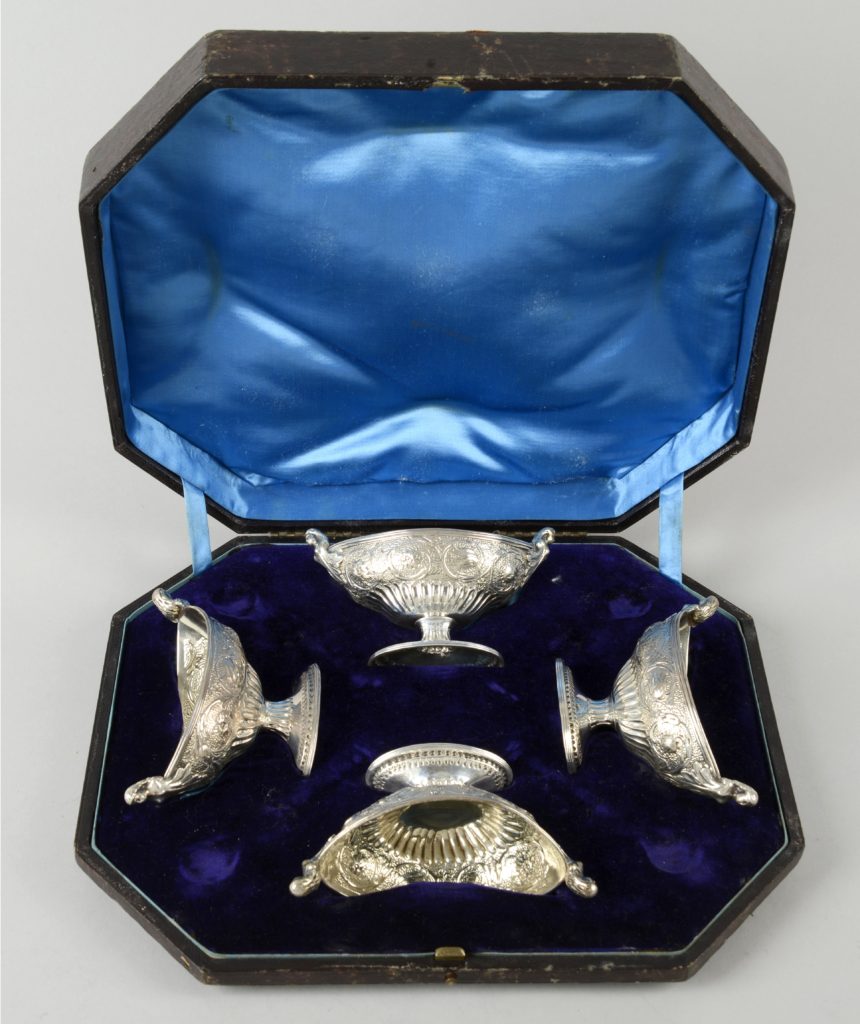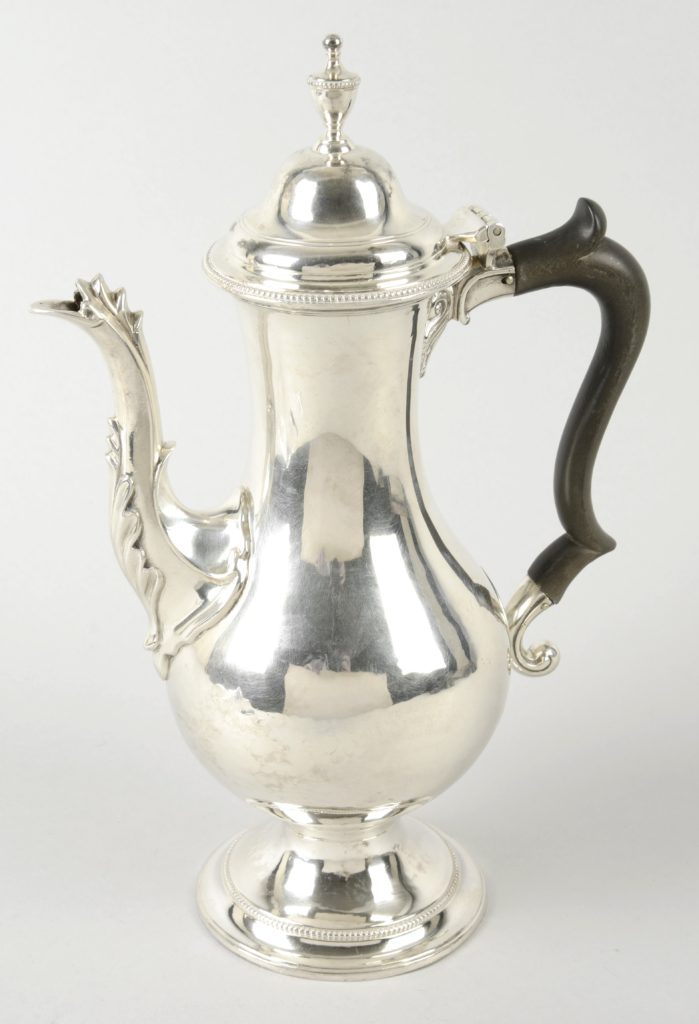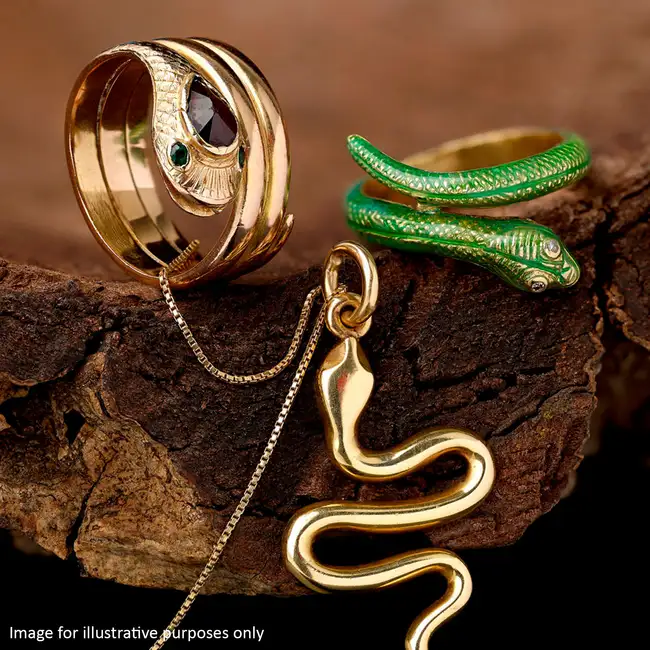Hester Bateman is celebrated not just for her status as one of few female silversmiths working in Georgian England, but for the dynamic family business she carved after her husband’s death. Bateman and her family name prove continuously popular across silver sales worldwide.
Hester Needham became Hester Bateman in 1732, when she married gold chain and wire maker John Bateman in St Botolph’s, London. Together, they raised six children; John Joseph, Letitia, Ann, Peter, William and Jonathan.
John’s death in 1760 from tuberculosis would have likely threatened the family with destitution. However, his bequeathal of workshop tools to Hester set her on her path of directorship that was not an option for most women of the period.
In Spring 1761, she attended the Goldsmiths’ Hall to sign the relevant registers to take official ownership of her late husband’s trade. There, Hester registered her own marks- various versions of a cursive ‘HB’ now highly coveted by collectors. This was an act of considerable tenacity for an illiterate, working class widow.
The Bateman family and legacy
Hester’s sons Peter and Jonathan likely sat at the silversmith’s bench, while Hester managed business. Her attendance to her growing client base’s fashionable taste is evident in her production of larger items such as tea sets, salvers and inkwells in a neoclassical style
Upon Hester’s retirement in 1790, Peter and Jonathan Bateman continued her legacy and registered their own mark. Jonathan’s death from suspected Leukaemia after only four months cut short a natural evolution of a now well-established family business. Their ‘P B I B’ mark is especially collectable for its rarity.
The company then passed through successive family members, each with their own distinctive mark, from Peter and Jonathan’s widow Ann-Olympe, until 1815, when Peter passed the company to his nephew, Jonathan and Ann-Olyme’s son, William Bateman.
The company shut down in 1843, under the ownership of William’s son and namesake and business partner Daniel Ball. As well as frequenting silver and antiques sales, the Bateman family hallmarks can be found across highly respected silver collections, held by the V&A and New York’s Metropolitan Museum of Art.
Hester Bateman at auction

Lot 41- A cased set of four George III silver pedestal salt cellars by Hester Bateman, hallmarked London 1788.
Price Realised: £312.00
Lot 24- A George III silver coffee pot by Hester Bateman, hallmarked London 1782.

Virtual viewings are available by request. Virtual viewings are the ultimate personal shopping experience. Using Zoom, you can ask us whatever you need to know in order to buy with confidence. Find out more here. Please contact info@fellows.co.uk to book a virtual viewing












